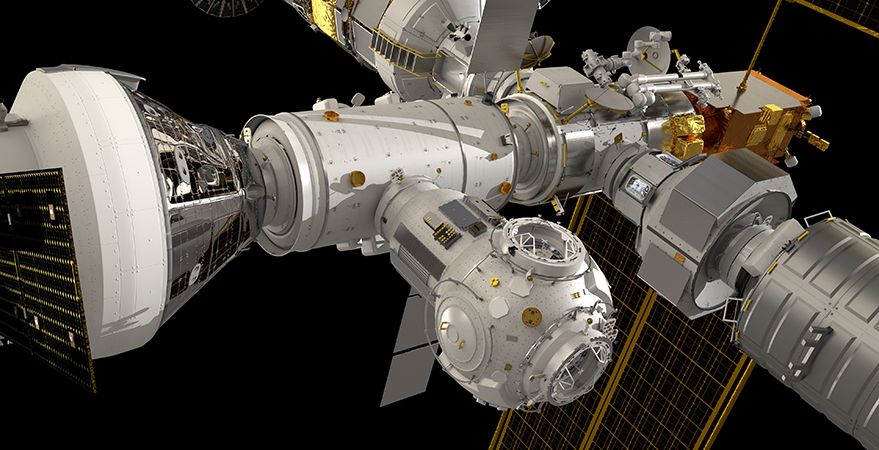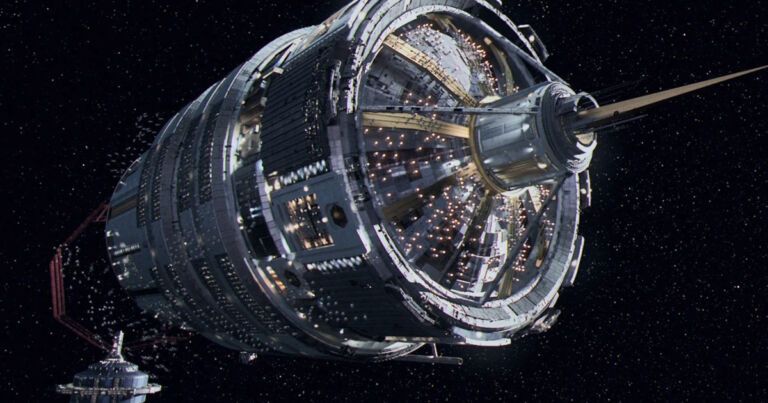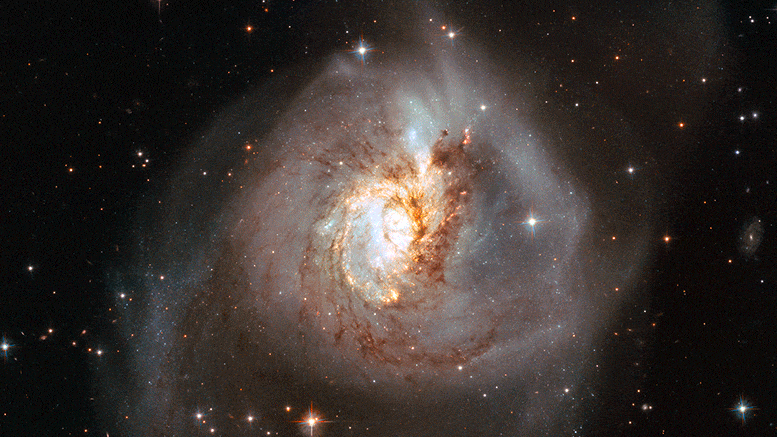Last week, we talked about asteroid versus ocean mining. In fact, in this channel, I have evangelized asteroid mining quite a bit as the future. However, this week, we will take a look at the business barriers to the realization of asteroid mining.
Discord Link: https://discord.gg/brYJDEr.
Patreon link: https://www.patreon.com/TheFuturistTom.
Please follow our instagram at: https://www.instagram.com/the_futurist_tom.
For business inquires, please contact [email protected].
Editor credits (Velinix):
https://www.youtube.com/channel/UCYcAMWx0Vcsy-SSzX3HVWYw?view_as=subscriber.
https://www.instagram.com/velinix/
https://twitter.com/Panda123Jewels






